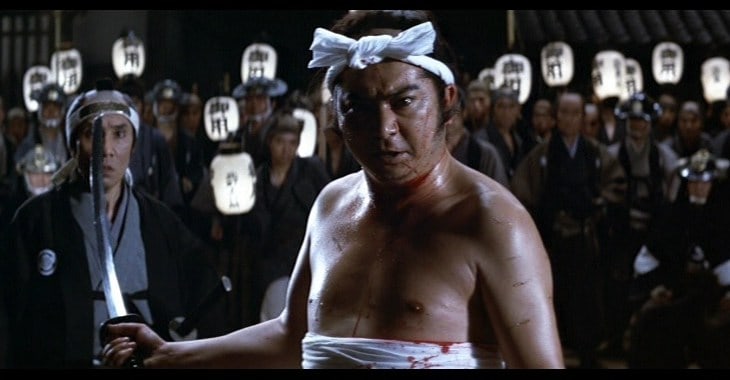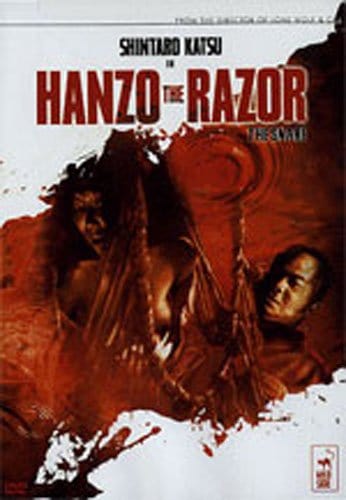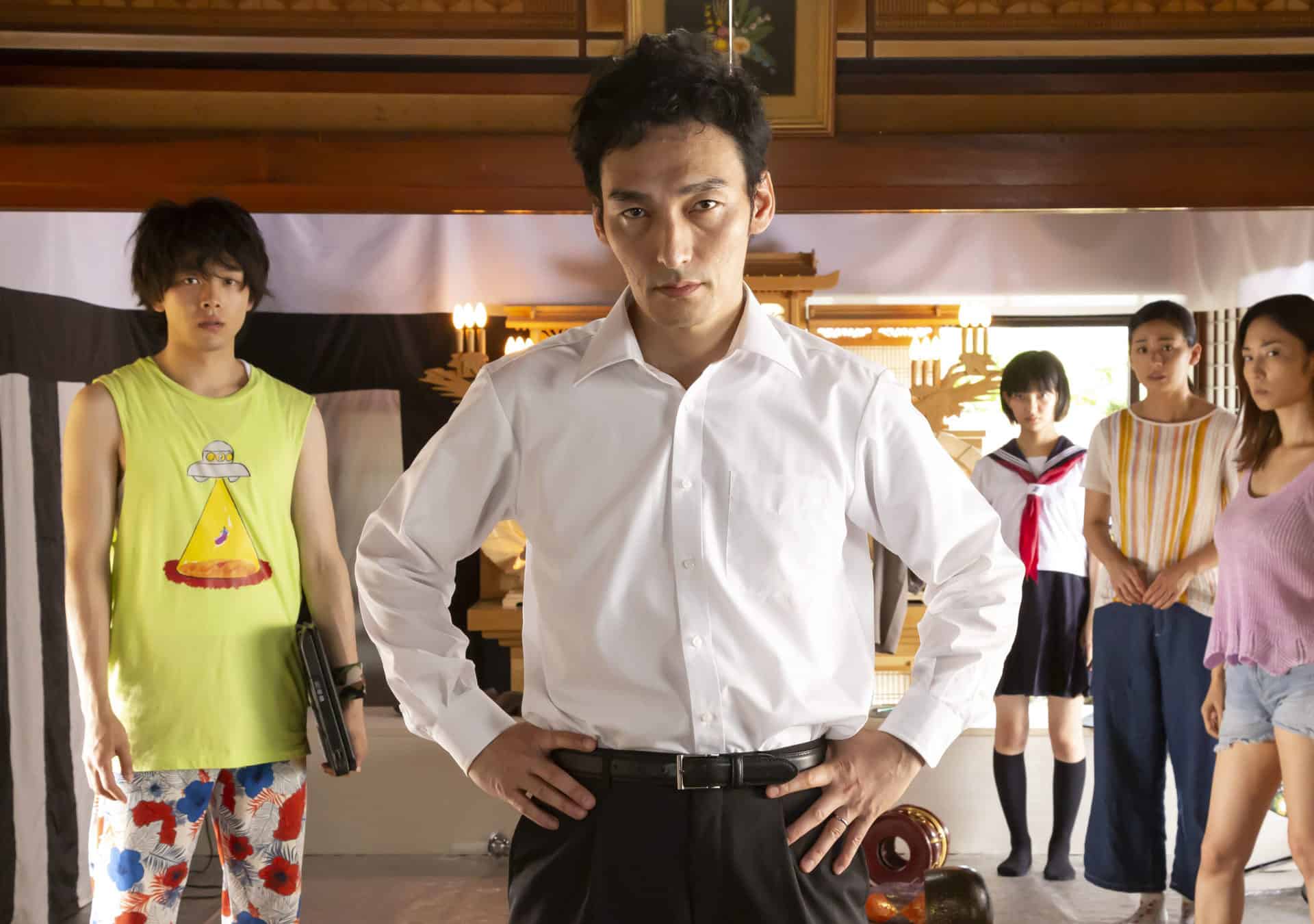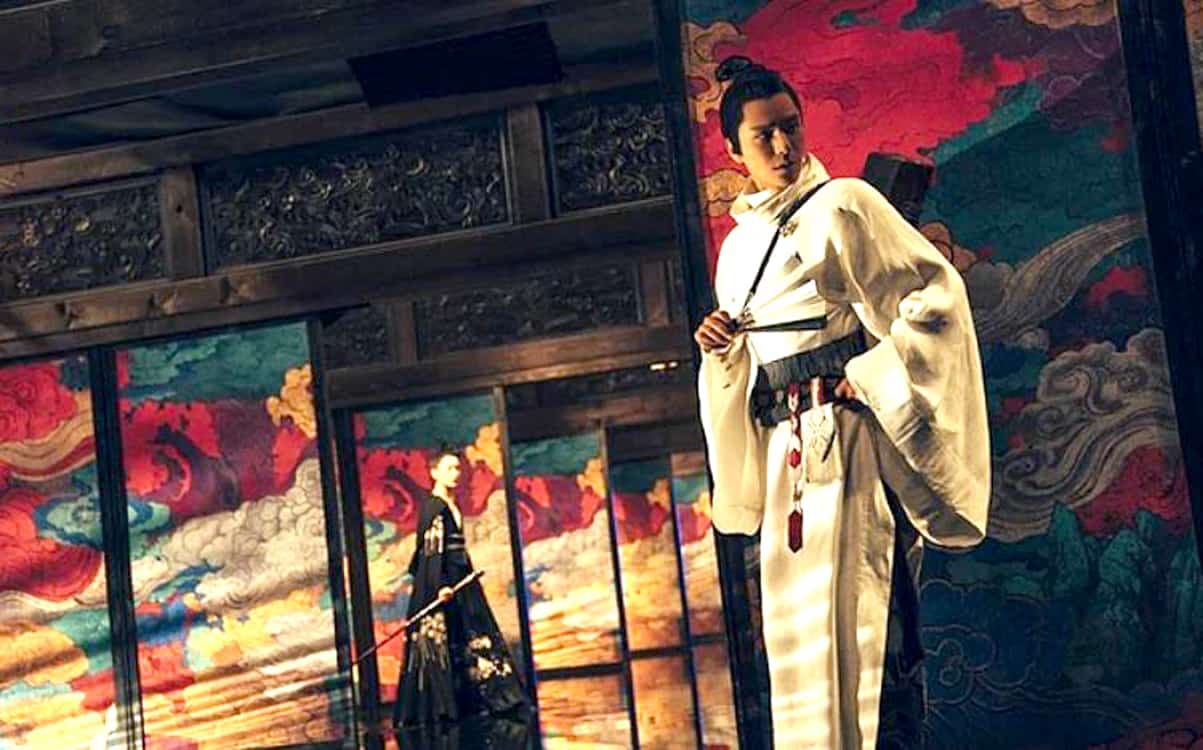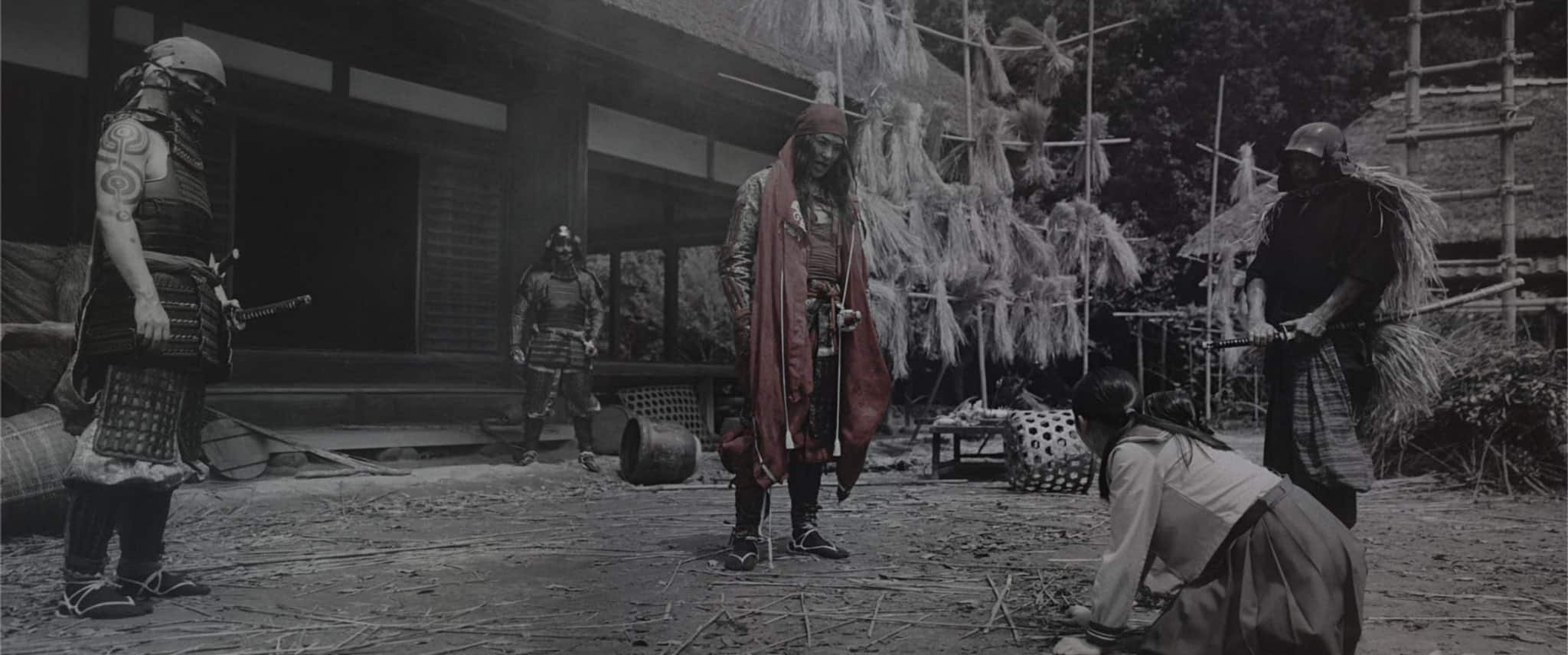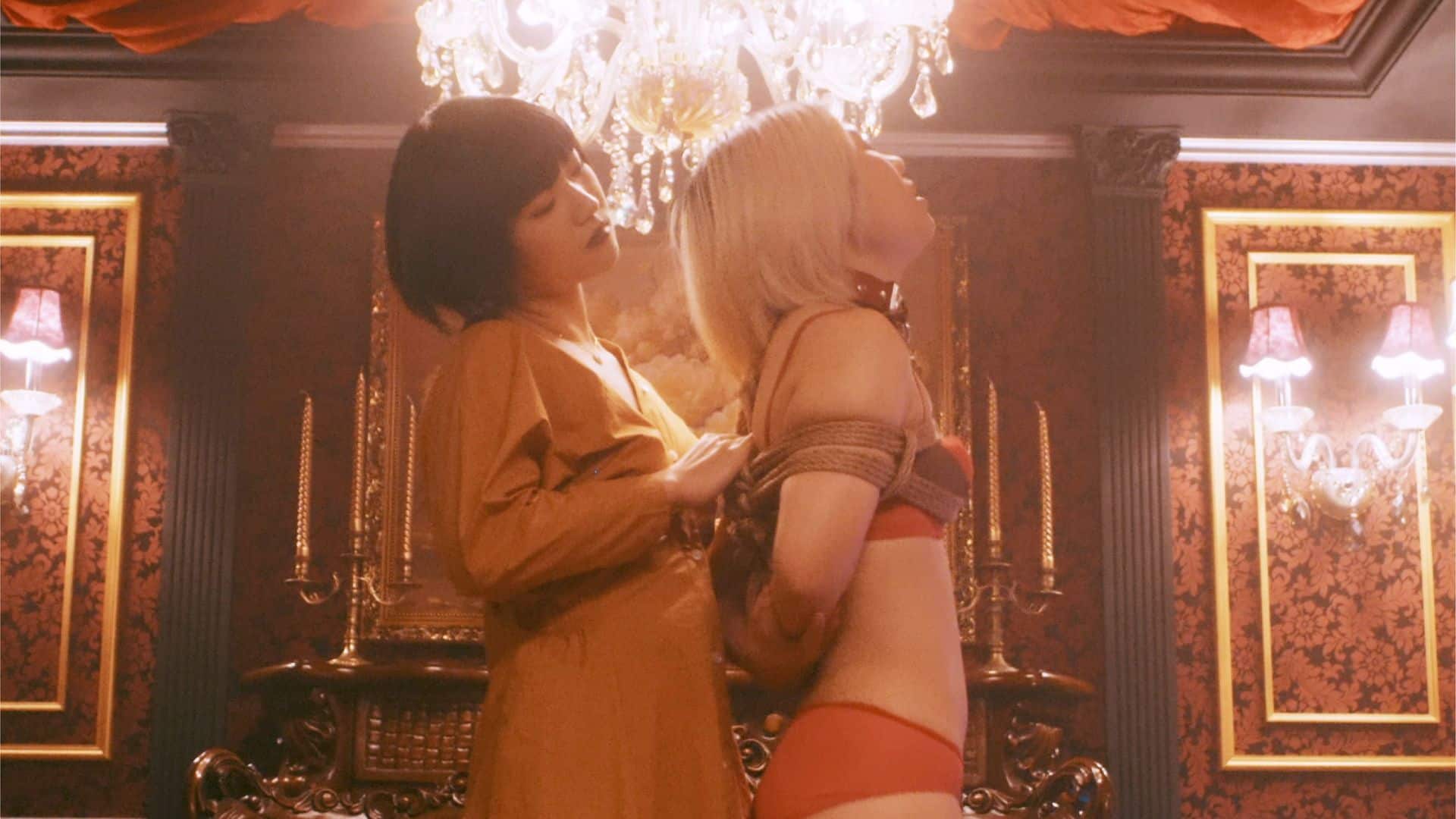Less than a year after the success of “Sword of Justice”, Shintaro Katsu returned as the lawman with an enormous penis, a disgust for corruption and very questionable interrogation techniques for a new mystery, this time helmed by none other than Yasuzo Masumura.
Buy This Title
Early on, we see Hanzo Itami run into government treasurer Lord Okubu while chasing two thieves with his assistants Devil-Fire and Viper. Once again, Hanzo stresses on his dislike for corrupt officials in this encounter, which then gives way for the mystery central to the story. These two thieves, as it turns out, were running away from a nearby rice mill after discovering a half-naked dead woman there. Upon investigating, Hanzo deduces that the death was in fact not a murder but the result of a botched illegal abortion. This leads Hanzo into uncovering, once again, a conspiracy going way high, this time involving shamanic rituals, the sale of young girls, and wrongdoings and corruption at the highest level in the government mint.
Masumura's feature is different from Misumi's first one of the series in a number of ways. The subject matter, for one, is much darker in tone than the previous one, tackling various issues like controversial and illegal shamanic abortion rituals that more often than not result in deaths and the sale of nubile young women by temple high priestesses to the highest bidders and corrupt officials. In spite of such dark material, there's also a slight emphasis on humour in this one, coming specifically from Hanzo's bumbling assistants as well as the returning character of superior magistrate Magobei “The Snake” Onishi. The latter half of the narrative is a different story altogether, where Hanzo gets to play the titular “snare”, as he is tasked with catching Japan's most notorious thief, making the overall feature feel like two episodes of the Adventures of Hanzo the Razor.
While setting the tone different from the earlier entry, Masumura, who insisted on complete creative control of the script, does not lose sight of the fact that this is, in fact, an exploitation production and manages to include far more nudity than before, including a scene with a temple priestess, that suits the genre well. There's also an ample amount of violence, even of the sexual kind, although the action sequences are more of the chanbara variety than the excessive one more suitable to exploitation, save for one scene that makes Hanzo's house look like Chang Cheh's “House of Traps”. So far, the series justified its torture and rape scenes as a mean to achieve Hanzo's much-loved justice, but the second such scene here is particularly debatable, where Hanzo seems to rape a woman merely out of his lust and desire for the woman, even if he tries to account for it by saying he's helping her release her long-suppressed sexual tension and loosen up.
With his focus being on the narrative tone, Masumura opts for a more traditional look in “The Snare”, which makes it lose all of the terrific visual flairs that made “Sword of Justice” stand out so vividly. Though, that is not to say that this is a sub-par production when it comes to the cinematography, because at the helm is the legendary Kazuo Miyagawa, cinematographer on not just many Zatoichi films, but also Kurosawa's “Rashomon” and “Yojimbo” among several other greats. Miyagawa is also tasked with hiding all the rude bits with strategic mise en scene while never forgetting what the genre dictates be shown, his camera capturing the beautiful female bodies in all their glory. Due to the more relaxed approach to the cinematography, the beauty of the set designs also catches the eye. Even though the blaxploitation soundtrack of the previous one is missing, Isao Tomita's music is appealing, most importantly in a satisfying climax that brings the story full circle.
Although the supporting cast gets some time to develop their characters, this is a Shintaro Katsu show for the most part. By just the second time playing the character, so convincing is he as Hanzo, the man who rapes confessions out of women, beats his own penis with a wooden stick and puts it into a rice bag that it is really hard to believe this is the same actor who was the immensely charming and chivalrous Zatoichi for more than a decade. Ko Nishimura returns as Magobei the Snake for the second half and is likeable and funny.
“Hanzo The Razor: The Snare” stands precariously on the line that separates the acceptable and the outright offensive. While it may cross that line for some in some instances and women in particular might find the subplot with Riku, the manager at the mint, highly dubious, there's no denying that Masumura makes the most of the exploitation genre with his script and his execution of it with a project that is ultimately fairly sleazy but also enjoyable. However, it must be said that the lack of a distinct visual style, which made “Sword of Justice” such a memorable watch, is sorely missed here.


